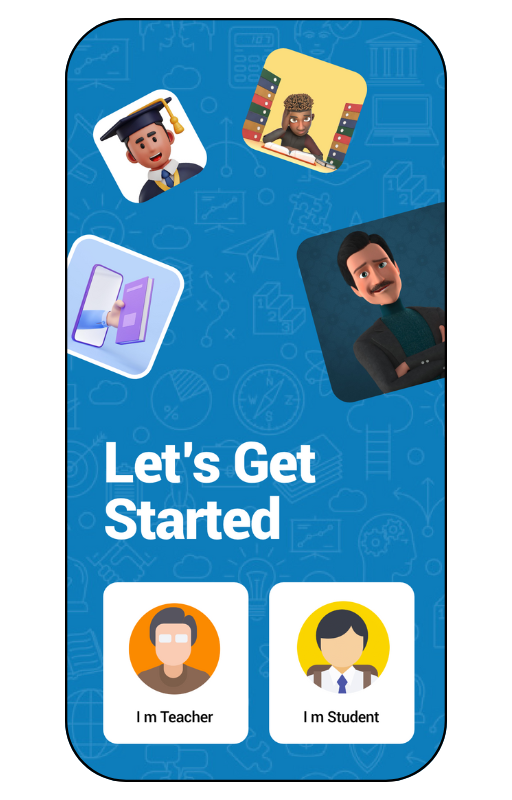
In the fast-paced digital age, remote learning has become an essential component of modern education. Whether circumstances necessitate virtual classrooms or teachers opt for blended learning approaches, the ability to engage students in remote settings is paramount.
The question many educators face is: How can we keep students actively participating and motivated in an online learning environment?
Here, we present ten invaluable tips to guide teachers in creating vibrant and effective remote learning experiences.
Effective communication is the cornerstone of any successful remote learning environment. Begin by setting up clear and open communication channels.
Utilize emails, messaging apps, or dedicated platforms to provide students and parents with the means to ask questions, seek assistance, and express concerns. Ensure that everyone understands how and when to connect with you.
Leverage technology to craft interactive lessons that captivate students. The toolkit for remote teaching is brimming with possibilities.
Explore video conferencing software for live classes, virtual whiteboards for dynamic discussions, and collaboration apps for group projects. These tools enable real-time interaction, fostering engagement and fostering collaboration among students.
To provide a sense of structure and stability, maintain a consistent schedule. Establish specific class times, allocate break periods, and delineate assignment deadlines.
Consistency helps students build routines and adapt to the remote learning environment seamlessly.
Just enter your email, and we’ll deliver the article to your inbox for reading at your convenience.
Engagement thrives on active participation. Motivate students to ask questions, join discussions, and share insights.
Employ polling, quizzes, and breakout sessions during online classes to ensure that every student is involved and contributing.
Variety is the spice of life, and it's essential for remote learning too. Diversify your teaching methods and content delivery.
Incorporate multimedia elements such as videos, animations, simulations, and interactive modules to cater to different learning styles. A diversified approach keeps students interested and motivated.
In remote settings, fostering a collaborative atmosphere is crucial. Create opportunities for students to work together, even virtually.
Assign group projects, initiate peer review processes, and set up discussion boards to promote teamwork and social interaction among students.
Constructive feedback plays a pivotal role in student growth. Provide timely feedback on assignments, assessments, and class participation.
Recognize achievements and offer clear guidance on areas that require improvement. A well-structured feedback system keeps students motivated and helps them understand their progress.
Acknowledge that each student is unique, with varying needs and learning paces. Personalize your support and tailor your teaching methods to accommodate these individual differences.
By addressing each student's specific strengths and challenges, you can optimize their learning experience.
To avoid confusion and frustration, set clear and realistic expectations for students concerning assignments, assessments, and classroom behavior.
Ensure that both students and parents have a thorough understanding of what is expected for success in the virtual classroom.
Lastly, to be an effective remote educator, stay tech-savvy and remain informed about the latest educational technologies and pedagogical approaches.
The educational landscape is continually evolving, and embracing new tools and techniques is crucial.
Engage in professional development opportunities to ensure you're well-prepared to meet the challenges of remote teaching.
Engaging students in remote learning demands creativity, adaptability, and a steadfast commitment to providing an exceptional educational experience. By implementing these ten tips, teachers can craft dynamic and fulfilling remote learning journeys that keep students motivated and eager to learn.
It's important to remember that remote learning is not merely a response to challenging circumstances; it's an opportunity to explore new teaching methodologies and expand horizons.
Embrace the challenge, and together with your students, you can transform virtual education into an exciting and enriching adventure.
In today's digital age, technology has become an essential ally in education. To simplify your remote teaching journey even further, consider utilizing Schoolink.
This innovative app is designed to foster seamless communication and collaboration between teachers and students. With features like class creation, resource sharing, and real-time updates, Schoolink transforms the way educators manage their classrooms.
It's the perfect tool to keep your students engaged and informed, whether you're teaching in person or remotely. Explore Schoolink today and experience the future of education in your hands


Schoolink - Your educational app
for insights, tips, and trends